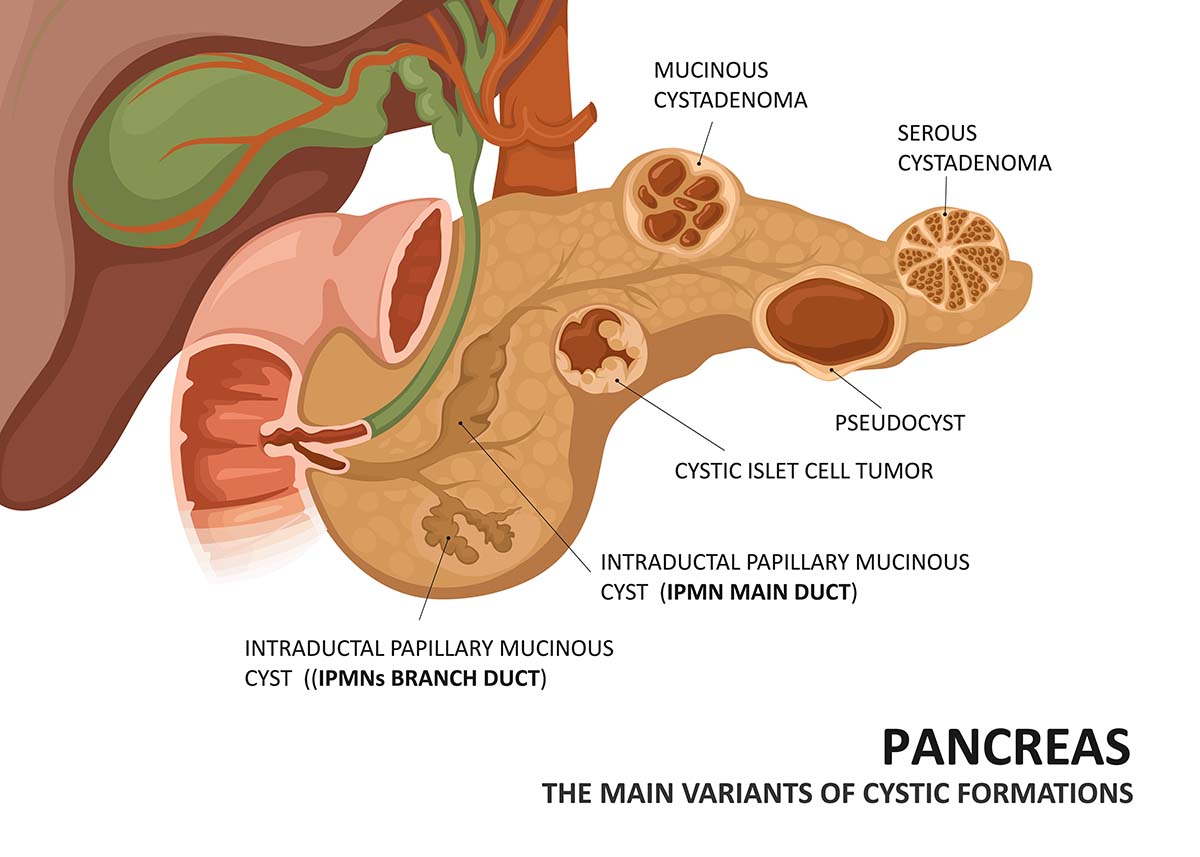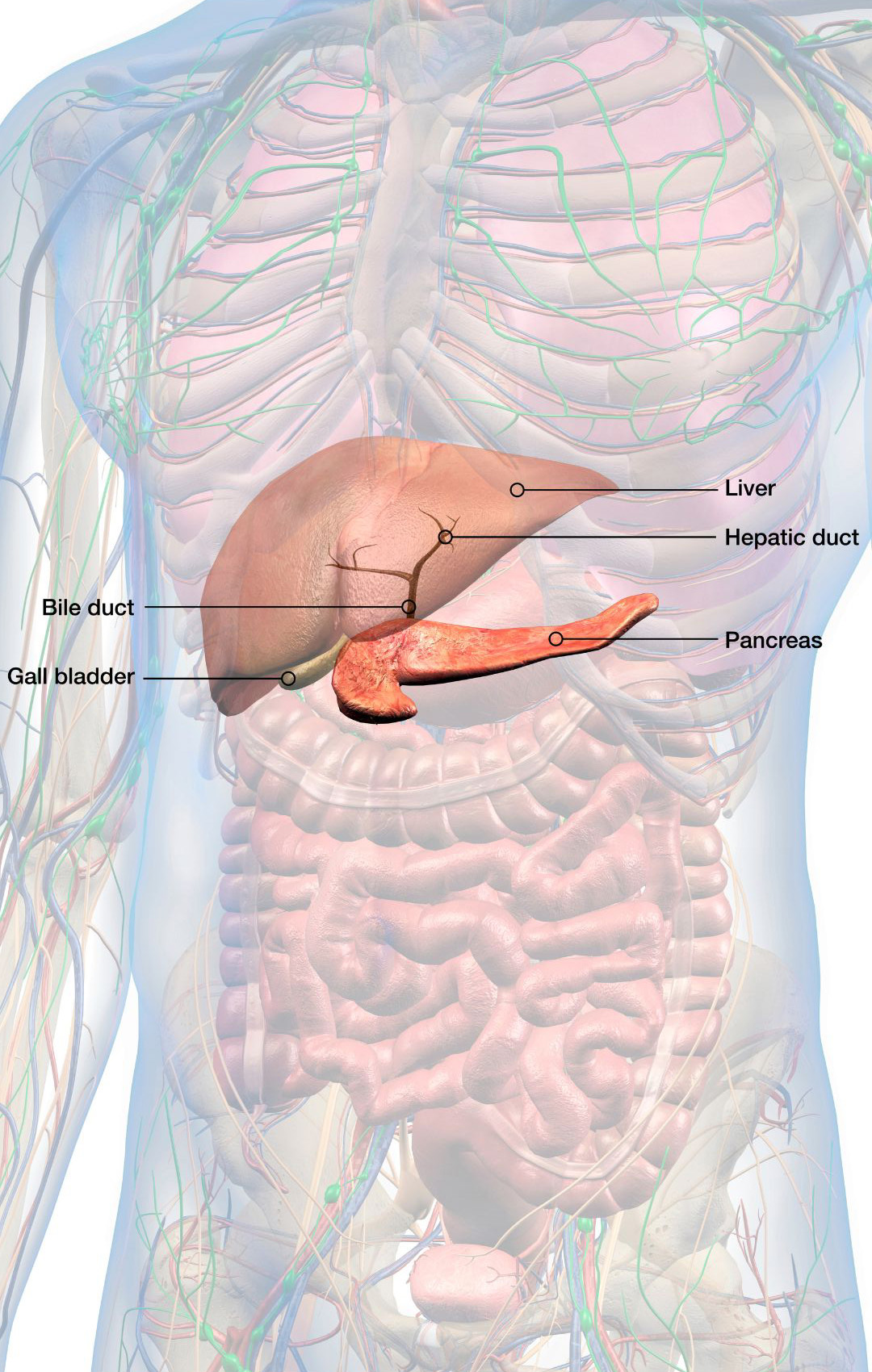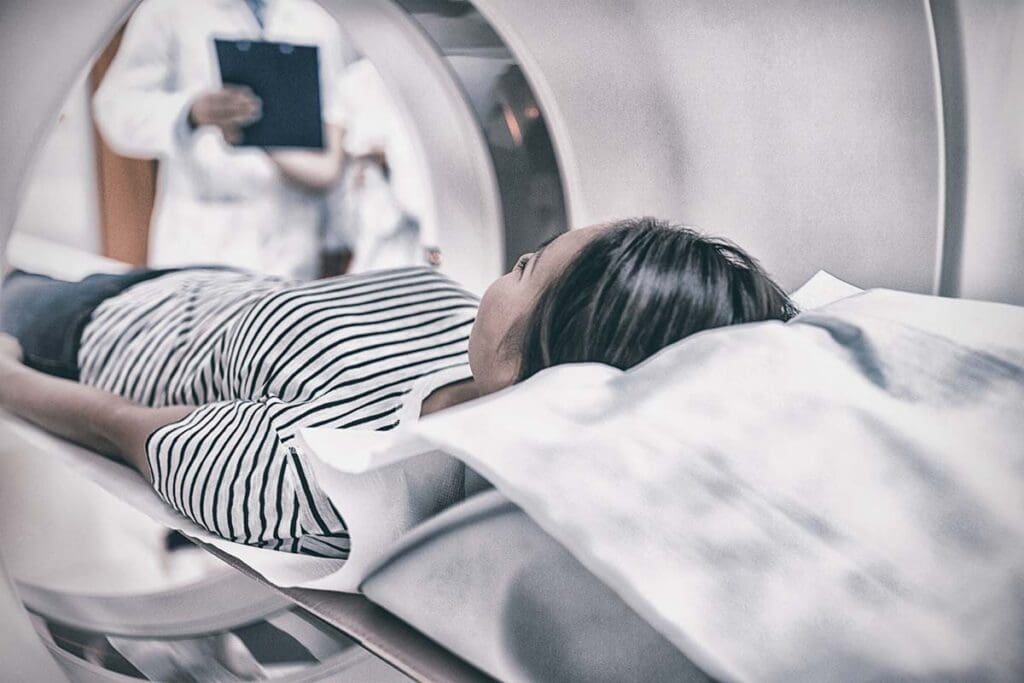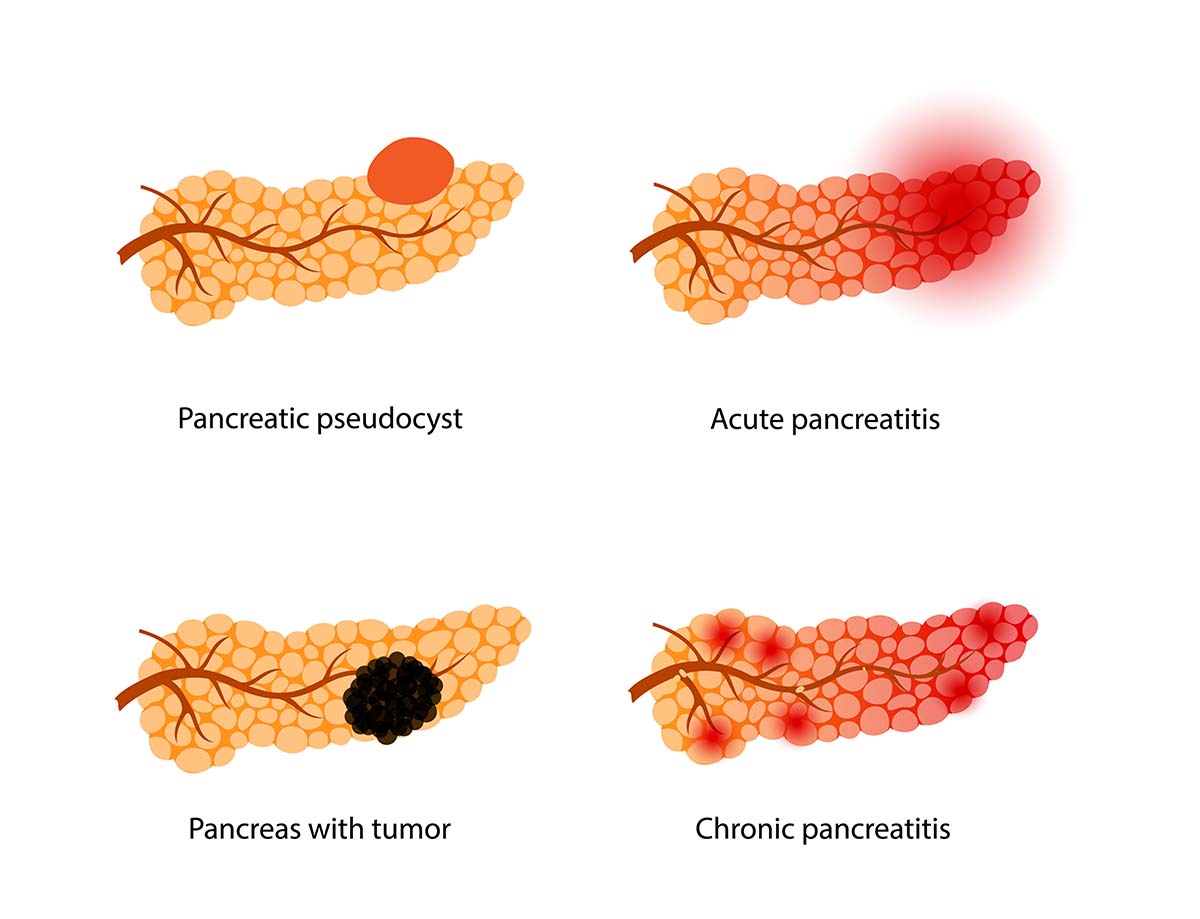Pancreatic Cyst Surveillance
Pancreatic cysts are becoming increasingly common and the risk of them developing into pancreatic cancer is an important consideration.
Short Summary
-
Understanding pancreatic cysts is essential for proper management and surveillance.
-
Healthcare professionals can assess risk factors associated with pancreatic cancer to determine the most appropriate surveillance strategy for patients.
-
Patient perspectives should be taken into account to ensure patient-centered care tailored to individual needs and preferences.
Let’s discuss all aspects related to these particular cysts. From types, methods for detection, their association with pancreatic cancer, and imaging techniques that come in handy when monitoring and surveying them.
We’ll also look into potential management strategies available to those patients diagnosed with a pancreatic cyst so they can understand what treatment options exist before making an informed decision on how best to move forward regarding their care.
Understanding Pancreatic Cysts
The incidence of pancreatic cyst disease is on the rise, with studies indicating a prevalence rate between 2% and 38%. This condition encompasses various types of fluid-filled sacs, ranging from benign cysts that do not lead to pancreatic cancer, to asymptomatic neoplastic pancreatic cysts that can precede high-grade dysplasia or even pancreatic malignancy.
Accurate diagnosis of the type of lesion is critical for determining effective treatment plans and follow-up strategies. The broad spectrum includes not only classic pancreatic cystic tumors but also other related types.
Types of Pancreatic Cysts
Pancreatic cysts are categorized into three types: pseudocysts, mucinous cystic neoplasms (MCNs), and cystic pancreatic neuroendocrine tumors (cNETs). Understanding the risk associated with each type is crucial for developing an appropriate management strategy for patients.
- Pseudocysts do not pose a threat of malignancy. However, if a pseudocyst becomes infected, it can develop into a pancreatic abscess.
- MCNs can potentially become malignant if certain characteristics are present, with a diameter of 3 cm or more being one of these significant indicators. Therefore, these cysts require appropriate surveillance.
- Lastly, cNETs typically occur in adults between their 40s and 60s, accounting for around 15% of all pancreatic NETs. This makes them another potential candidate for ongoing monitoring.
Prevalence and Detection
Those who may require monitoring include individuals who have undergone surgery for the partial or complete removal of intraductal papillary mucinous neoplasms or distal pancreatic atrophy. Similarly, individuals diagnosed with incidental pancreatic cysts will likely need one or two consultations at the Southern California Multi-Specialty Center. This allows the risk factors to be evaluated before determining an appropriate monitoring and management plan for each unique case of cyst complications.
Increased awareness is crucial for potential patients concerning the necessary precautions due to the emergence and advancement identified through medical science. This is particularly important as these pancreatic cysts are appearing more frequently than before, often detected incidentally rather than during deliberate medical examinations.
Pancreatic Cancer Risk and Pancreatic Cyst Surveillance
When dealing with pancreatic cysts, it is important to assess the risk factors associated with developing pancreatic cancer. By identifying these high-risk features, healthcare professionals can develop a plan for closely monitoring patients who have been diagnosed with this condition. Frequent surveillance and surgical intervention may be required if certain characteristics of the pancreatic cyst prove potentially dangerous in regards to possible instances of cancer down the line.
These particular risks must always be taken into account when assessing those who are affected by various forms of this type of cyclical condition. They can provide information which will help determine how best to approach treatment and reduce complications from arising due to its involvement in pancreas related diseases such as malignant tumors or carcinomas more generally.
High-Risk Features
Pancreatic Cyst Guidelines
Imaging Techniques for Pancreatic Cyst Surveillance
Computed Tomography (CT)
Magnetic Resonance Imaging (MRI)
Endoscopic Ultrasound (EUS)
Endoscopic ultrasound (EUS) is a useful technique for evaluating pancreatic cysts, allowing the extraction of tissue samples through fine needle aspiration and giving detailed insights into their characteristics. This technique is most beneficial for cysts that are less than 2cm in size. The combination of endoscopy and ultrasound imaging provides extensive visuals within internal organs to aid in analysis.
Management Strategies for Pancreatic Cysts
Typically this begins by monitoring progress through regular imaging checks in order to detect changes or growths within the pancreas. While treatment may not always be necessary for such cases, observed care can help accurately evaluate their presence, which allows better-informed decisions around management of these areas depending on circumstances surrounding specific individuals who present with them.
Observation and Surveillance
It has been suggested that the first year requires check-ups every six months using either Magnetic Resonance Imaging (MRI) scans combined with Endoscopic Ultrasound (EUS), which then can drop down to annual tests for as long as no changes in the cyst take place. All of this serves as a way of keeping an eye on low risk cases involving such growths.
Surgical Intervention
One must consider the risks along with potential advantages when looking into continued surveillance versus opting for surgery – it’s essential to weigh both options thoroughly before making any decision.
Emerging Diagnostic Modalities
Advances in technology like these paired with artificial intelligence have immense potential when considering enhancing patient outcomes through better diagnosis related issues around systency management.
Patient Perspectives on Pancreatic Cyst Surveillance
It is important to take into account the patient’s viewpoint regarding pancreatic cyst oversight so as to deliver care that puts their needs first and evaluate advantages and risks of surveillance protocols. Patients might have worries concerning the size, texture or frequency of follow-up/intervention suggested by SCMSC.
To guarantee a decision is taken based on each individual’s requirements and preferences while still following recommendations from clinical guidelines committee and the Fukuoka guidelines and international consensus standards, health experts should include patients in this process.
Benefits and Risks
Patient-Centered Care
Summary
With SCMSC’s personalized approaches that take into account individual needs, preferences and values, we can ensure quality medical assistance tailored specifically around one’s circumstances when it comes to managing pancreatic diseases. By staying up-to-date about what’s new concerning (pancreatic)cyst supervision methods and decisions related thereto. Those affected have control over their health status via educated judgments based upon available data relating thereto.
At the Southern California Multi-Specialty Center, the complexities associated with evaluation/surveillance involving these often difficult conditions can benefit even more people requiring such treatments!
Frequently Asked Questions
Do all pancreatic cysts need to be monitored?
When do you stop surveillance pancreatic cysts?
How are pancreatic cysts monitored?
Followed by MRI testing every one or two years.
What are the different types of pancreatic cysts?
What are the high-risk features of pancreatic cysts?
Schedule an Evaluation
The SCMSC team in LA is always here, blending professional expertise with a touch of human understanding. To schedule an evaluation with Dr. Eghbalieh or Dr. Young at Southern California Multi-Specialty Center, call 818-900-6480.
Make an appointment at SCMSC
We look forward to welcoming you
Schedule an evaluation with Dr. Eghbalieh or Dr. Young at Southern California Multi-Specialty Center.










